
Velomacchi
-
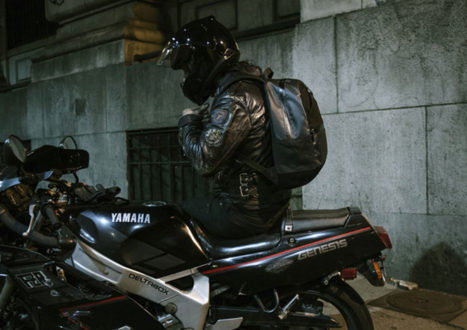

ON TWO WHEELS
The 9 Best Motorcycle Backpacks to Buy in 2024
You’re skipping four wheels for two. Public transport for the thrill of the throttle and that... Read more
-
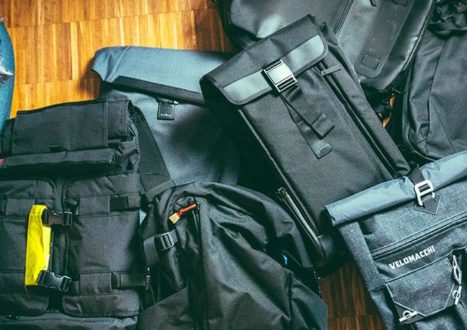

Nine of the Best EDC Backpacks: Roundup Video
Your ideal everyday pack will depend very much on your personal needs and priorities. Maybe you... Read more
-
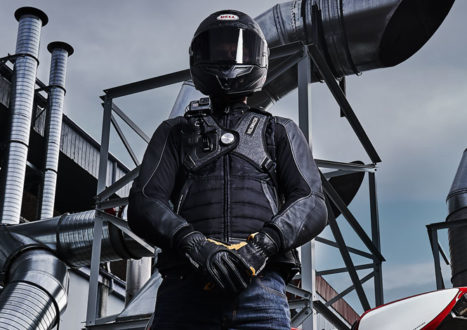
Giveaway: Enter to Win Velomacchi’s Ultimate Moto Prize Pack
When you’re clocking up the highway miles at high speeds or hurtling down wilderness trails you... Read more
-
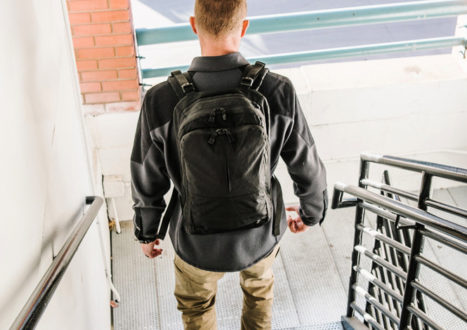
Best New Gear: December 2017
From office tool organization to kitchen knife carry, December welcomed a host of intriguing and covet-worthy... Read more
-
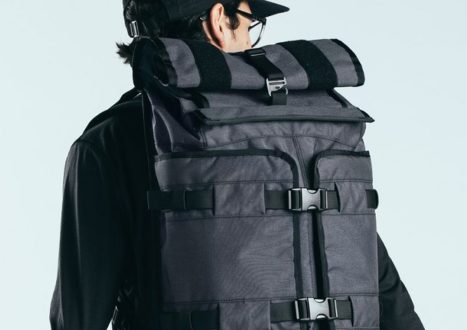
Best New Gear: November 2017
At speed on a motorbike to two-footed travel roaming…however you carry, November has welcomed a great... Read more
-
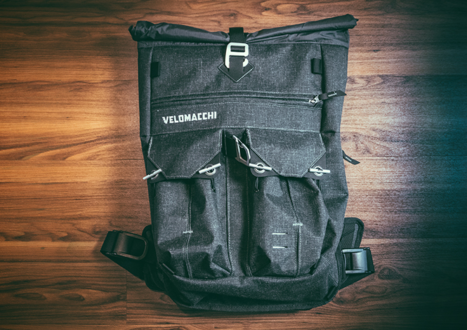

Velomacchi Roll-Top Backpack :: Video Review
Looking for carry stability at high speed? The Velomacchi Roll-Top Backpack aims to deliver, with an abrasion-resistant... Read more
-
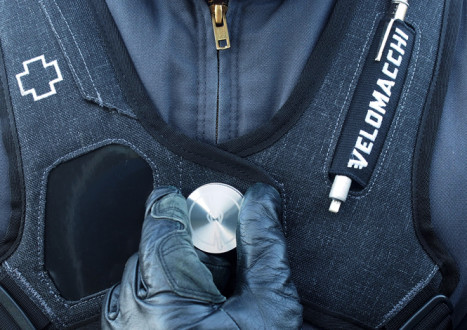
Velomacchi Speedway Roll-Top Review :: Drive-By
Standing in line outside the One Motorcycle Show in Portland I saw the beacon: a shiny,... Read more
-
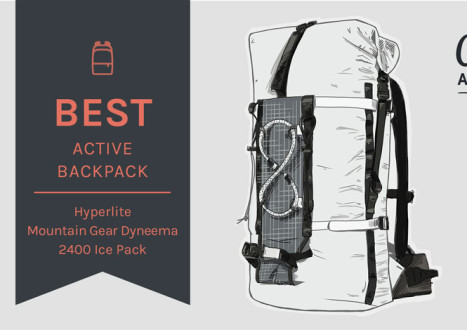
Best Active Backpack Results :: Carry Awards IV
Weight is almost never an advantage in an active backpack. But to get durability and features... Read more
-

Best Specialist :: Third Annual Carry Awards
From awkward loads and expensive cargo to restricted spaces and demanding adventures, when you’re not dealing... Read more
-
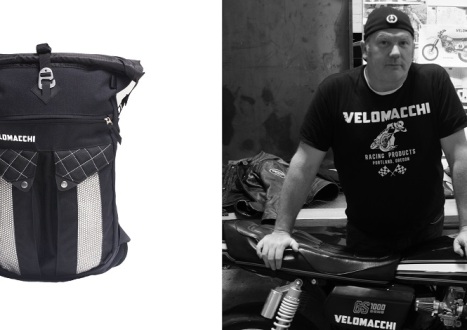

Interview with Kevin Murray of Velomacchi
With an already impressive resume having worked with brands such as The North Face, Black Diamond,... Read more
-
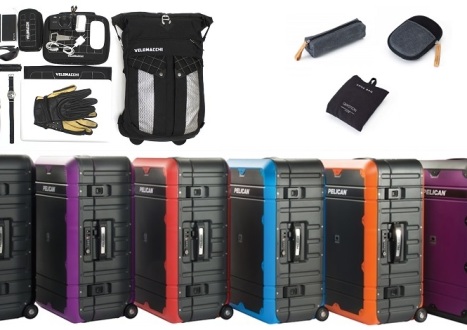
Week In Review ~ 5 October
QWSTION ups the organization, Pelican takes to the skies and a protective pack leaps into the... Read more





 Carry Awards
Carry Awards Insights
Insights Liking
Liking Projects
Projects Interviews
Interviews